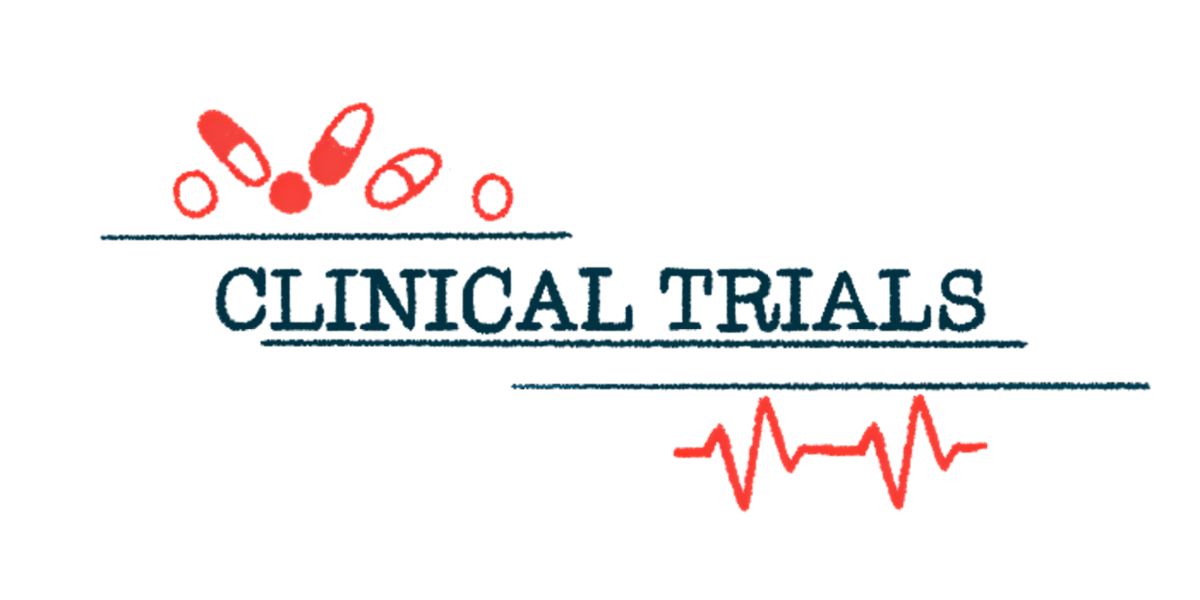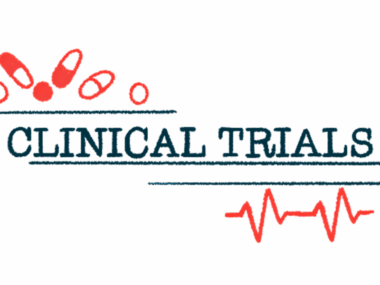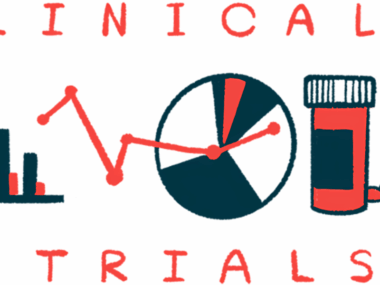Gain extends trial of Parkinson’s treatment GT-02287 for 9 months
More than half of patients agree to continue treatment, company says
Written by |

Gain Therapeutics has launched a nine-month extension of its clinical trial testing GT-02287 as a Parkinson’s disease treatment.
More than half of the patients who received GT-02287 for about three months as part of the Phase 1b clinical trial (NCT06732180), which is expected to be completed at the end of this year, have agreed to continue treatment, the company said.
“Early observations related to safety, tolerability, pharmacokinetics [how GT-02287 moves into, through, and out of the body], and functional impact are encouraging,” Gene Mack, Gain’s president and CEO, said in a company press release. The extension will allow the company to “further evaluate long-term safety and efficacy,” he said.
Gain said it will present interim data from the ongoing clinical trial at the Movement Disorders Society International Congress of Parkinson’s Disease and Movement Disorders in Honolulu in October. “Additional data will be forthcoming throughout the fourth quarter of 2025,” Mack said.
Mutations in the GBA1 gene are among the most common genetic causes of Parkinson’s. This gene encodes GCase, an enzyme that breaks down fatty molecules for recycling. When the enzyme is mutated, it loses its activity, causing the accumulation of toxic deposits, including misfolded proteins such as alpha-synuclein, a key hallmark of Parkinson’s.
Small molecule aims to prevent toxic deposits
GT-02287 is a small molecule designed to bind to the GCase enzyme and change its structure to restore its activity, preventing misfolded alpha-synuclein from forming toxic deposits that damage nerve cells in the brain and contribute to symptoms of Parkinson’s.
In preclinical models of Parkinson’s, GT-02287 restored GCase activity and alleviated several disease-associated features, including alpha-synuclein aggregation and nerve cell inflammation and loss. In rodent models of both GBA1-associated and idiopathic (of unknown cause) Parkinson’s, the compound also improved motor and gait impairments and preserved complex behaviors such as nesting.
In a previous Phase 1 clinical trial in 72 healthy volunteers, GT-02287 reached the expected levels in the cerebrospinal fluid, which surrounds the brain and the spinal cord, indicating that it can enter the brain where needed. GT-02287 also partly restored GCase’s activity, and it was safe and well tolerated.
The open-label Phase 1b clinical trial recruited 21 adults at seven locations in Australia, ages 30 to 85, who had been diagnosed with Parkinson’s for less than seven years and had either idiopathic disease or carried known mutations in the GBA1 gene. Its goal is to test the safety and tolerability of GT-02287 when taken daily for three months.
Additional data, including functional changes scored according to the MDS Unified Parkinson’s Disease Rating Scale (MDS-UPDRS) and changes in biomarkers in the cerebrospinal fluid and blood, will be available in the fourth quarter.






